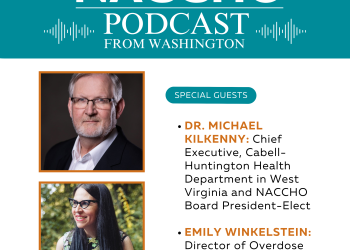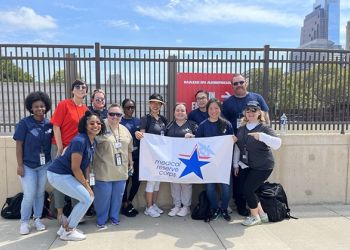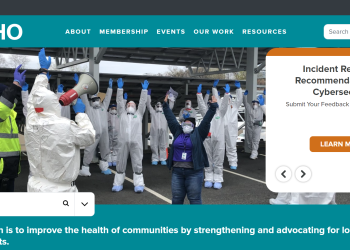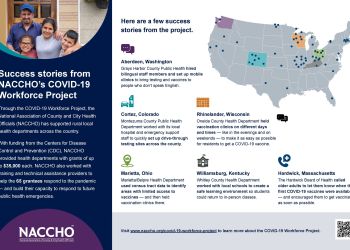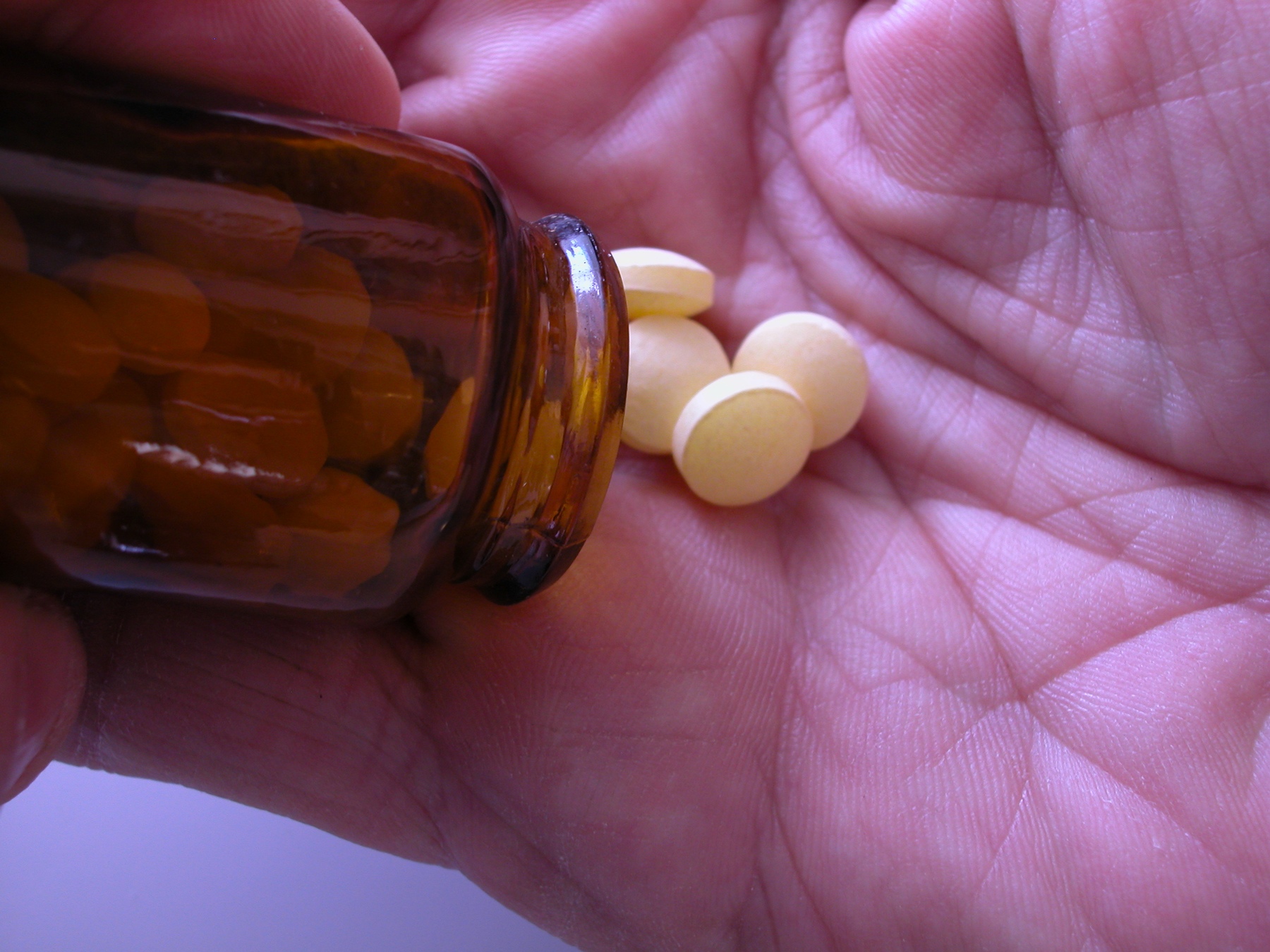 By Sheri Lawal, MPH, CHES, Program Analyst, Injury and Violence Prevention, NACCHO
By Sheri Lawal, MPH, CHES, Program Analyst, Injury and Violence Prevention, NACCHO
Today is International Overdose Awareness Day, a day for raising awareness that overdose death is preventable. According to The Facts Hurt: A State-by-State Injury Prevention Policy Report, overdose is the number one cause of injury-related death in the United States, and prescription opioids are the number one drug involved in overdose deaths. The Centers for Disease Control and Prevention (CDC) states that five million people report nonmedical use of prescription opioids (i.e., use without a prescription or medical need). Opioid use disorders often begin with a prescription, or taking pills from a home medical cabinet. Approximately 68% of people who begin using prescription drugs non-medically obtain those drugs from a family member or friend.
A Growing Problem
Prescription opioid use has increased steadily as the number of opioid prescriptions increased. According to the CDC, in 2010, there were 209.5 million prescriptions for opioid analgesics, compared to 75.5 million prescriptions in 1991. In 2013 alone, nearly 44,000 deaths were attributed to overdose. Data show a one percent increase in deaths involving prescription opioids, a 12% increase in deaths involving cocaine, and a 37% increase in deaths involving heroin from 2012 to 2013.
The National Institute on Drug Abuse reports that prescription opioid death rates are highest in people aged 45–54, while heroin death rates are highest in people aged 25–34. Men have higher overdose death rates from cocaine, heroin, prescription opioids, and other prescription drugs (e.g., benzodiazepines). Prescription opioid overdose deaths are highest among low-income and rural populations, non-Hispanic whites, and people with mental illness. Recently, many communities have faced an increase in heroin overdose deaths due to fentanyl-laced heroin.
Prevention and Intervention
Reducing drug abuse and overdose requires a comprehensive approach. Primary prevention, early identification and intervention of a developing substance use disorder, and medication-assisted treatment are just some strategies that can curb overdose. Identifying populations at highest risk of abuse and overdose can help public health partners target prevention strategies to those most at need.
Public health efforts to prevent prescription opioid abuse and overdose have shown progress; death rates have slowed, more states are utilizing prescription drug monitoring programs, and local health departments (LHDs) are engaging physicians, pharmacists, law enforcement, and substance abuse treatment providers to target people most at risk. Still, more must be done to prevent prescription opioid overdose death and address the deaths caused by cocaine and heroin.
Earlier this month, the White House announced $13.4 million in funding for High Intensity Drug Trafficking Areas to address the severe heroin threat facing communities through partnerships between public health and law enforcement. Additional funding to support LHDs as they combat the epidemic in local communities can help save lives, rehabilitate individuals, and heal communities. Read more about the initiative and NACCHO’s response.
Additional Resources
The following resources can help LHDs learn more about overdose prevention:
- Podcast with Director of the Office of National Drug Control Policy Michael Botticelli
- NACCHO’s Policy Statement Responding to America’s Prescription Drug Abuse and Overdose Epidemic
- Stories from the Field: Naloxone Saves Lives in Cuyahoga County (OH)
- Fact Sheet: NACCHO Supports Community Efforts to Shatter the Myths about Drugs and Drug Abuse among Teens
